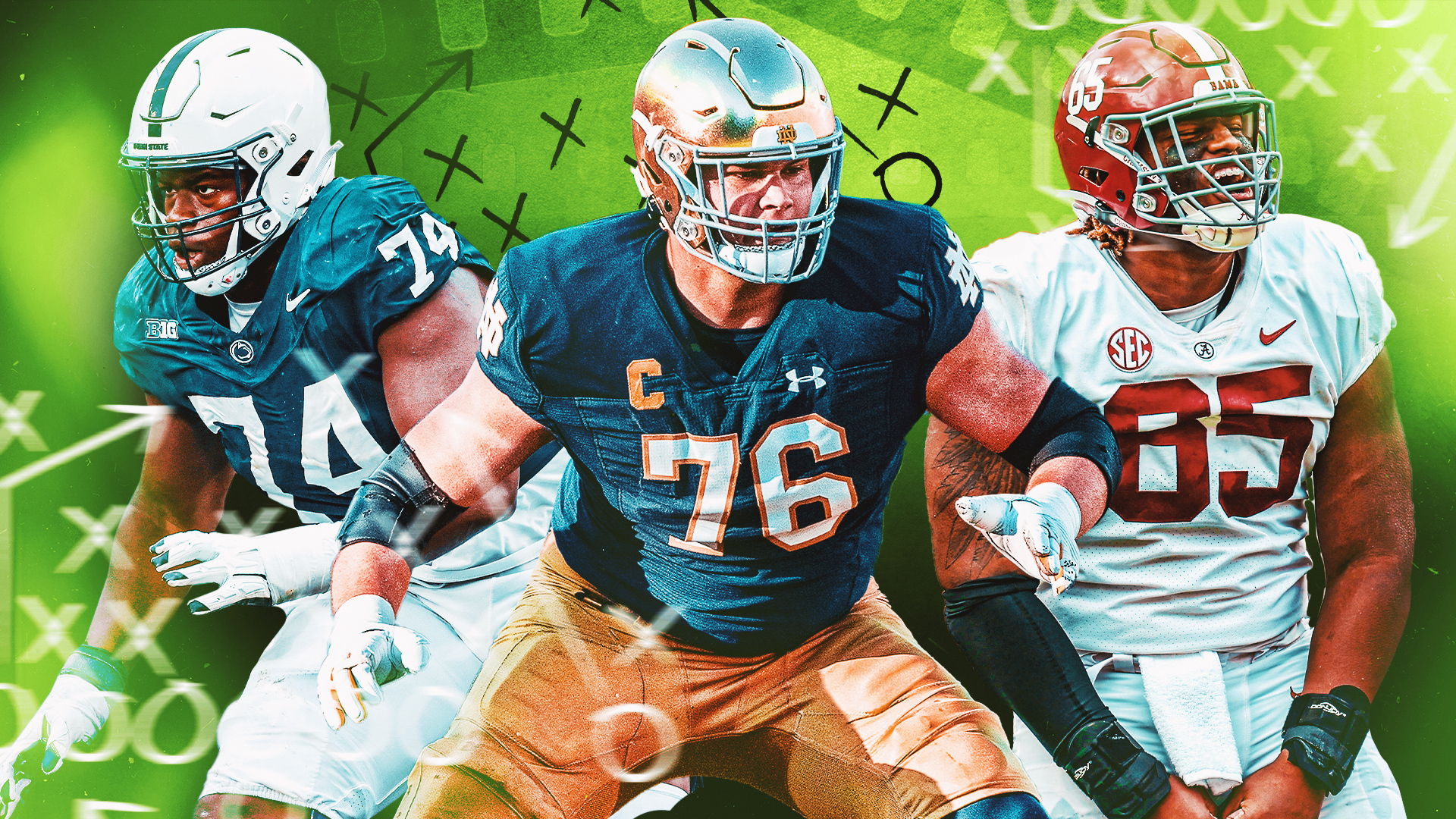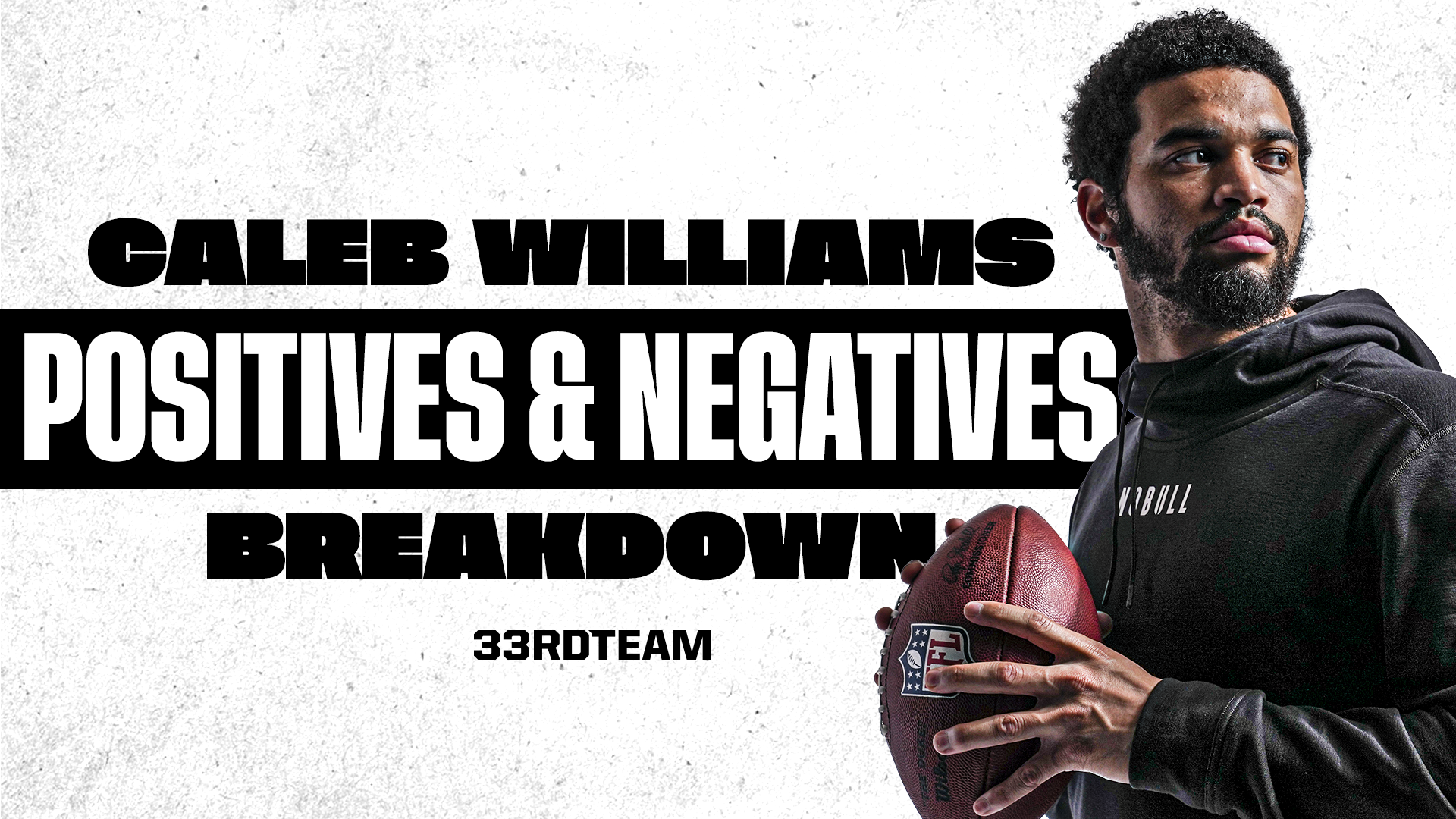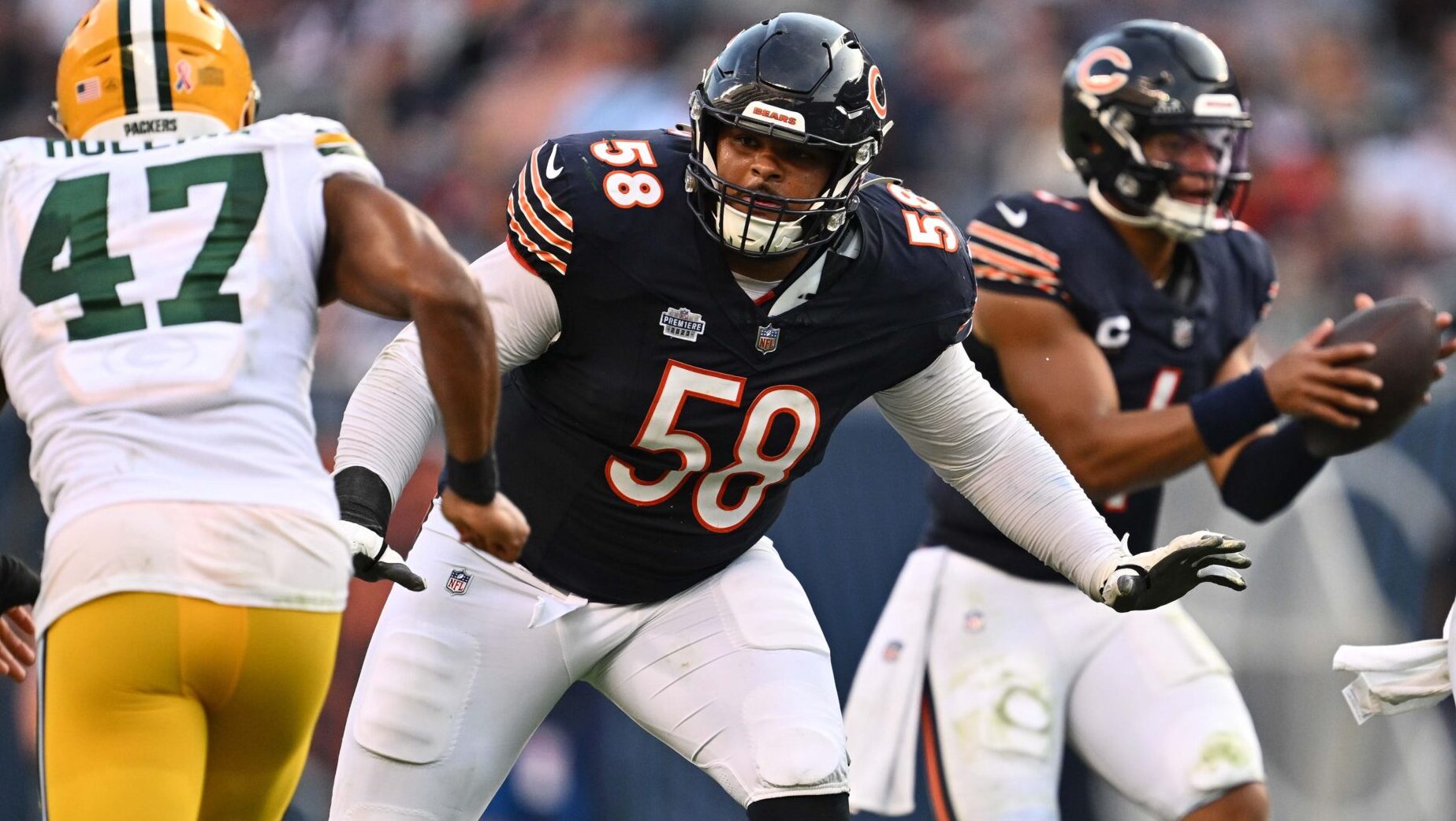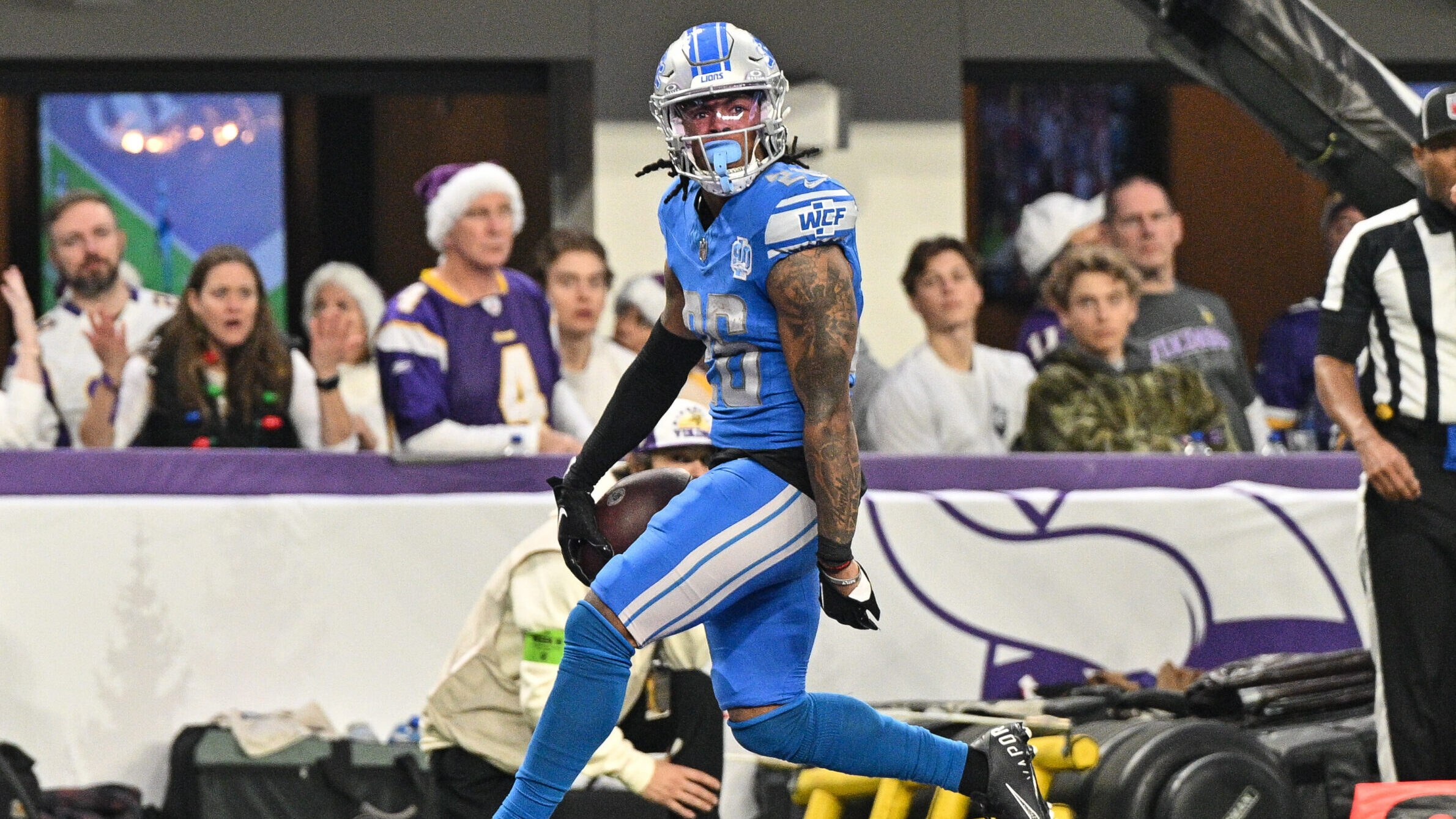Analysis
3/22/22
7 min read
How Has Name, Image and Likeness Impacted the Transfer and Recruiting Landscape?
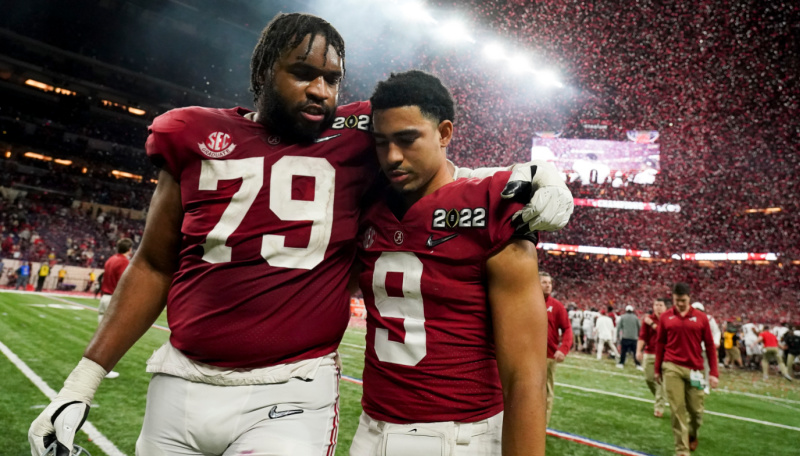
“The NCAA is really worthless,” said Paul Finebaum on ESPN’s Keyshawn, J-Will, and Zubin on Jul. 1, 2021, shortly after the NCAA announced a free-market approach to compensating athletes. While the NCAA loosened its vice grip on student-athletes’ ability to profit from their on-field or on-court success, I am not so sure that deregulating name, image, and likeness in collegiate sports renders the NCAA “worthless.”
Monetary compensation for college athletes has been a hotly controversial issue for some time. Those opposed contended that free tuition and housing while attending some of the country’s finest institutions and improving as athletes under renowned coaches satisfy a “compensatory” regime. On the other hand, proponents argued that the NCAA, which generates revenue comparable to a Power 500 company, should shell out some of that cash to its “employees.” After all, the NCCA notched $1.15 billion of revenue in the 2021 fiscal year ending on Aug. 31.
The perceived exploitation reached a fever pitch when the California legislature passed a bill proposed by Sen. Nancy Skinner on Sept. 30, 2019. The bill authorized schools to compensate athletes without limit so long as schools could connect the compensation to “educational purposes.” The statute would take effect in 2023, displacing the NCAA’s authority as a regulatory agency. Additionally, California threatened to acutely disrupt a century-old tradition, at least in their state. The heat was on for NCAA officials. A month later, NCAA board governors announced that the time had come to “modernize” their rules.
Though the NCAA sought outside help and held closed-door sessions to respond, they failed to agree on any internal reforms. Following California’s lead, pressure intensified when the Florida legislature passed a similar bill that would take effect at least a year and a half earlier than California’s, on Jul. 1, 2021.
The nail in the coffin for the old regime came in July of 2021 when the U.S. Supreme Court ruled in NCAA v. Alston that limiting schools’ ability to compensate athletes for “educational purposes” violates United States antitrust laws. Subsequently, it became the law of the land that college athletes, chief among them college football players, could now make tremendous amounts of money from not only endorsements but from schools as well. What has ensued has been nothing short of a “wild, wild west” market.
While it is tough to obtain numbers for various deals around college football, some have been rumored to be seven figures.
- Bryce Young, quarterback for the Alabama Crimson Tide, received “around $1 million” in deals with CashApp and trading card company Leaf.
- D’Eriq King, quarterback for the University of Miami Hurricanes, inked agreements with Murphy’s Auto Group, a bar named “The Wharf,” and co-founded a business through which you can book college athlete appearances.
- D.J. Uiagalelei, quarterback for the Clemson Tigers, appeared in a national commercial for Dr. Pepper and agreed with fast-food chain Bojangles.
- Spencer Rattler, former Oklahoma Sooners and now South Carolina Gamecocks quarterback, signed deals with Raising Cane’s and was the first player to have a public signing.
- Quinn Ewers, former Ohio State Buckeyes quarterback (now with the Texas Longhorns), signed a $1.4 million deal with GT Sports Marketing.
- Kayvon Thibodeaux, Oregon Ducks defensive lineman, allegedly signed a deal with Nike co-founder Phil Knight for a Non-Fungible Token (NFT) and launched his cryptocurrency, $JREAM, which, unfortunately for him, did not succeed by most standards.
(Information courtesy of Darren Rovell on The Action Network, Looking Back at Name, Image and Likeness Deals in the 2021 College Football Season, Dec. 31, 2021)
These are just some hot-ticket examples of college football players taking advantage of the changing landscape. They are also cautionary tales. Some of the players above either have not played yet (Quinn Ewers) or did not play well (D’Eriq King, DJ Uigalelei, Spencer Rattler). Simply put, there is just as much risk, if not more, involved with NIL investments than professional endorsement relationships.
However, this change is being felt on a much deeper level. It is changing the way that the transfer portal works. It is evolving recruitment strategy. While “compensating” college recruits and transfers is not unprecedented, it is now wholly above board, much faster moving, but also incredibly lucrative. Time will only tell whether more regulation will come or whether college football will continue to be laissez-faire.
The Good:
Players have more freedom to determine their college legacy, and NIL deals recognize the value that star athletes bring to college football. Athletes can escape programs they initially found beneficial while maximizing their marketability with minimal burden. Supporters analogize the transfer portal and NIL deals to coaches taking new jobs at different schools. Players like Joe Burrow, Jalen Hurts, and Jameson Williams (among others) are fantastic examples of why this type of change is beneficial to college football. It is a disservice to the overall welfare of the sport to have players of their caliber sitting on the pine with no possibility to leave without surrendering a year of eligibility (under the old rules). Bryce Young and Kayvon Thibodeaux are two impressive players that exemplify the good intentions behind NIL. They are embodiments of stars-past that single-handedly elevated the marketability of their programs and deserved compensation for that.
Furthermore, the transfer portal and NIL endorsements arguably push programs toward the goal of competitive parity. Highly marketable teams who have had waning success in the past few decades stand to benefit (USC, The U, Nebraska, FSU, Texas, UCLA, etc.). Overall, the game is more flexible and less draconian. The transfer portal and NIL combination cleans the slate and opens the door for programs other than top-tier, perennial playoff teams to take advantage. School prestige and improving one’s chances to be drafted into the NFL has historically dictated recruits’ choices. This radical change could upset that power imbalance.
The Bad and (Potentially) Ugly:
Coaches and media members alike have expressed disdain over the evident tampering and manipulation of young people in college football. Deals could distract players from the primary goal of competing and improving, causing friction between highly compensated stars and their more quotidian teammates. Various coaches also argue that the switch from the “one-time transfer” rule to NIL legislation is too much, too soon, that it puts coaches and players in a blender and treats them like crash dummies.
Caleb Williams' announcement that he was leaving the Oklahoma Sooners felt oddly like LeBron’s “The Decision.” NIL legislation and the transfer portal threaten to undermine part of what made college football so great. The heart of college football is tradition, zeal, and spirit. Wisconsin’s “Jump Around,” Virginia Tech’s “Enter Sandman,” and Tennessee’s “Rocky Top” are examples of what gave college football so much character. The changes we are seeing today could potentially undercut future players’ interest in those aspects of the game while they are fascinated with endorsement possibilities and paychecks. We could be (alarmingly) moving towards an era of college football where the country’s top players could form super teams through an exchange of text messages.
Although Bryce Young earned and deserves every dollar thrown his way, it reinforces the idea that parity may be harmed. Alabama will continue to be a powerhouse because the markings of a successful program are (1) strategic recruitment, (2) adaptability, and (3) continued success. Unfortunately, Clemson, Ohio State, Alabama, and Georgia have displayed these characteristics repeatedly, leaving little doubt that their dominance will fade any time soon. Max Kellerman argues that it is simply “a compounding advantage,” resulting from specific programs investing heavily in themselves and reaping the benefits, as he said on First Take.
All in all, college football is changing—rapidly. One thing is for sure, though. It will never be the same.


